Black currant diseases
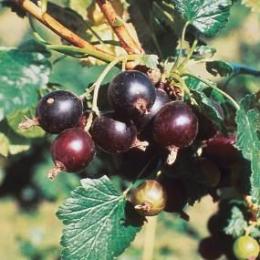
The healthiest berry is black currant. The fruits of this shrub contain many vitamins that everyone needs. The berry helps strengthen the immune system, has anti-inflammatory properties, reduces the effects of radiation, promotes the removal of toxins and helps the body fight many diseases.
Most summer residents have several blackcurrant bushes on their plot. It is not only delicious, but also very healthy berry. Sometimes blackcurrant diseases darken the joy of enjoying the harvest.
Content:
- Currant terry: signs and prevention of disease
- How does American powdery mildew manifest?
- American powdery mildew and disease control
- Anthracnose
- Measures to combat the pathogen anthracnose
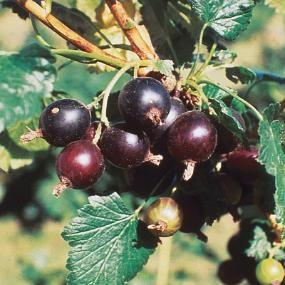
When growing black currants, it is very important to know that the plant develops well and bears fruit abundantly only with suitable care. Currant bushes are very often susceptible to diseases and you need to know how to help them in order to protect them from death. For every disease there are means to combat them.
Currant terry: signs and prevention of disease
Currant terry. A dangerous disease caused by a virus that can lead to infertility of bushes. The leaves change, they lengthen, become three-lobed with pointed teeth, and their asymmetry may appear. The number of veins decreases, the flowers become narrow-petaled. The bush is showing signs of growth.The plant does not bear fruit and loses its characteristic smell, and the leaves sometimes turn purple.
Terry is transferred by the bud mite from sick to healthy bushes. Sick bushes must be destroyed, since pruning will not help in this case.
To prevent disease, it is necessary to choose proven healthy material for planting. After picking the berries, you need to treat the bushes with the drug “karbos” or colloidal sulfur; in addition, use potassium-phosphorus fertilizers, they increase the plant’s resistance to terry. Increasing the dose of nitrogen-containing fertilizers has the opposite effect and can lead to terry currants.
How does American powdery mildew manifest?
This disease is caused by a fungus that overwinters on affected shoots and fallen fruits and leaves.
Disease usually appears in early or mid-summer. The disease can affect fruits and shoots. First, a white coating forms. Then the mycelium becomes denser and turns brown. Young shoots and leaves are involved in the process. The growth of the tops of the leaves stops, the shoots grow poorly and die, the remaining fruits become inedible. If the disease spreads strongly, the plants die within a couple of years.
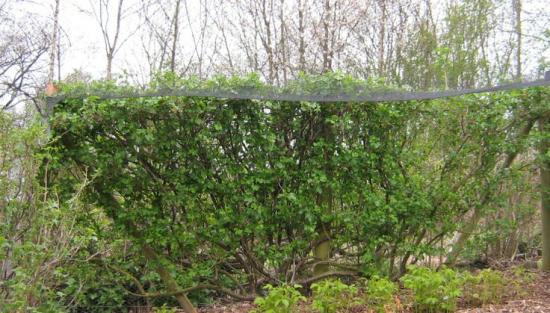
Dense plantings, location in shaded areas and increased soil moisture favor the development of the disease. Dry and warm weather, on the contrary, inhibits the development of American powdery mildew.
American powdery mildew and disease control
To reduce sources of infection, affected shoots should be cut out and diseased berries should be collected, followed by their destruction. To destroy the infection, at the first signs of infection, the bushes and the soil under them are sprayed.To combat, use nitrafen, copper sulfate or soda ash.
The treatment should be carried out with one of the drugs and repeated after 10 days two or three times. Two weeks before harvesting, you need to stop treating the bushes with drugs. Before flowering and after picking berries, it is also good to spray currants with solutions of foundationazole, sulfur and Topaz.
The bacterial method also gives results - spraying with an infusion of rotted hay, peat, forest litter or mullein. Treatment with infusions is carried out three times: before flowering, after it and before the leaves fall. This is done in cloudy weather or in the evening.
Anthracnose
The disease is also caused by a fungus. Signs of the disease appear in May. Leaves, shoots, petioles and berries are affected. Yellowish-green small spots appear first, followed by brown spots. With severe damage, the spots may merge, the edges of the leaves curl and fall off. Mushroom winters in fallen leaves.
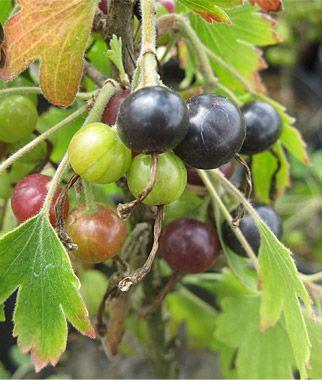
The pathogen is spread by wind or raindrops. In warm and humid summers, this disease appears especially often. Most often, old weakened bushes and early ripening varieties are affected.
Measures to combat the pathogen anthracnose
The fight is to use copper sulfate, nitrafen. Fallen leaves are collected and burned. The soil is dug up. In early spring, before the buds open, currants are sprayed with solutions of iron or copper sulfate. Immediately after the leaves bloom, before flowering, spraying is carried out with Bordeaux mixture, and immediately after flowering again.
If the disease spreads massively, spraying should be carried out up to three more times: a couple of weeks after flowering, and then after harvesting the fruits after the same time.
Blackcurrant diseases can be prevented by choosing healthy bushes, cultivating the soil and bushes in a timely manner, and watering them correctly and on time.

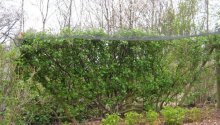
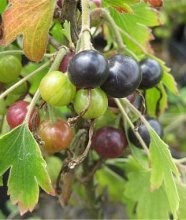
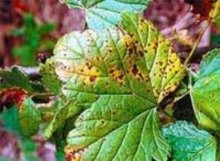
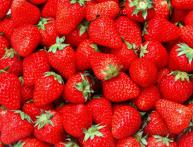
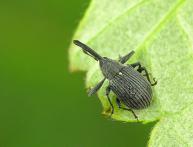
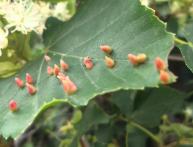
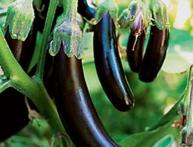
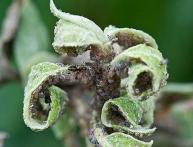

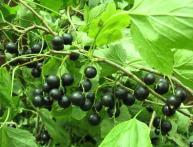
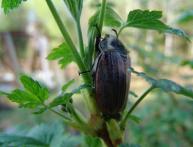
Comments
Useful plants always need special care and protection from various diseases. Therefore, to get a good harvest you need to work hard.
Yes, I didn’t even know there were so many diseases. How is it in the photo? I've seen this on some pieces of paper.
In early spring, before the currant buds have yet bloomed, you can give the bushes a hot “shower”, i.e. pour boiling water over them - the kidney mite and, I don’t remember what they call it, the caterpillar, which is also in the kidneys in winter, die. Healthy kidneys do not die.
I was also surprised when I learned that there were so many diseases. We always make a soapy solution of laundry soap in the spring, before flowering, and simply pour it over the bushes. The harvest is always good and there are no parasites or fungi.
I also give my currants water treatments with boiling water, this really helps against many diseases and pests. The main thing here is not to be late for processing, otherwise it can cause harm.
I also give my currants water treatments with boiling water, this really helps against many diseases and pests. The main thing here is not to be late for processing, otherwise it can cause harm.